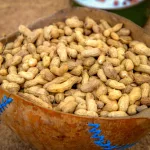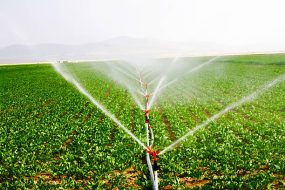Are you a farmer looking to maximize your crop yields while minimizing water usage and costs? If so, you’re in the right place! In this comprehensive guide, we’ll delve into the world of furrow irrigation, a highly efficient and cost-effective technique that has been revolutionizing agriculture. From understanding the basics to mastering the best practices, we’ve got you covered.
What is Furrow Irrigation?
Furrow irrigation, also known as “row irrigation,” is a time-tested method used by farmers worldwide to water their crops efficiently. The concept is simple yet highly effective: water is directed into small channels or furrows between crop rows. These furrows allow water to flow directly to the root zones of the plants, ensuring efficient absorption and minimizing wastage.

The Advantages of Furrow Irrigation
1. Water Efficiency:
Furrow irrigation optimizes water usage by delivering it directly to the roots, reducing evaporation and runoff.
2. Uniform Application:
It provides uniform moisture distribution, ensuring each plant receives the necessary hydration.
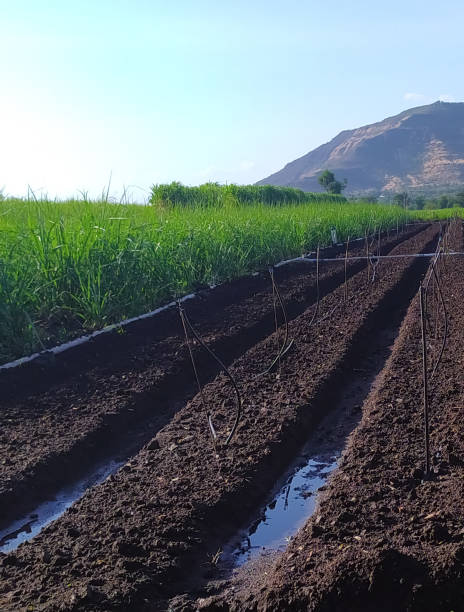
3. Cost-Effective:
Furrow irrigation is affordable to set up and maintain, making it accessible to both small-scale and large-scale farmers.
4. Versatility:
This method can be used for a wide range of crops, including row crops like corn, cotton, and soybeans.
5. Soil Conservation:
Furrow irrigation can help prevent soil erosion and nutrient loss by concentrating water in the root zones.
Getting Started with Furrow Irrigation
Now that you’re aware of the benefits, let’s explore how to get started with furrow irrigation on your farm:
1. Planning Your Layout
Before you begin, carefully plan the layout of your furrows. Consider factors like the type of crop, soil composition, and terrain. Ensure the furrows are straight and evenly spaced for optimal water distribution.
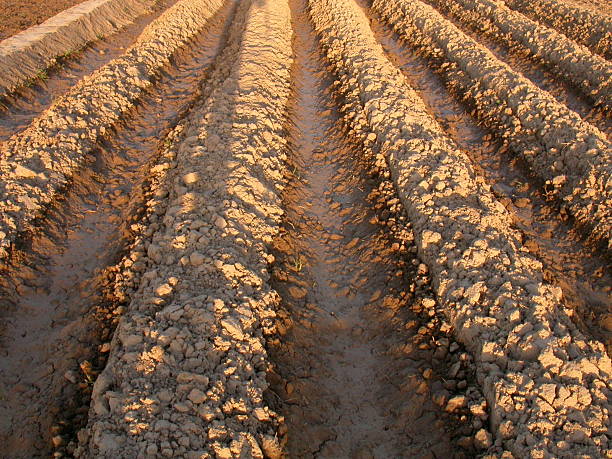
2. Prepping the Furrows
Use a plow or furrower attachment on your tractor to create the channels or furrows between the crop rows. The depth and spacing will vary depending on the crop and soil conditions, so consult with agricultural experts if needed.
3. Water Source and Delivery
Identify a reliable water source, be it a river, pond, well, or irrigation canal. You’ll need a pump or gravity flow system to transport water to the furrows. Proper filtration and water quality testing are essential to prevent clogging and ensure healthy crops.
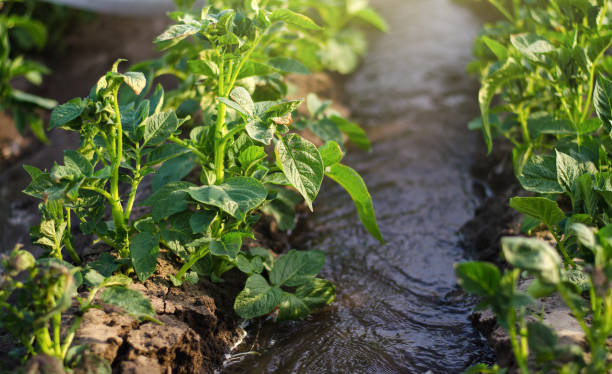
4. Irrigation Schedule
Establish a consistent irrigation schedule based on your crop’s specific water requirements. Factors like weather, soil moisture, and crop growth stages should all be considered. Avoid overwatering, as it can lead to root diseases and nutrient leaching.
Read, Also >>>>>> A Guide to Mastering Pivot Irrigation for Efficient Farming and How Pivot Irrigation is Transforming Agriculture
5. Maintenance and Monitoring
Regularly inspect your furrow irrigation system for leaks, blockages, or other issues. Monitoring tools like soil moisture sensors can help you fine-tune your irrigation schedule for maximum efficiency.

6. Tailwater Management
Implement a system to capture and recycle excess irrigation runoff (tailwater) to enhance water conservation further and minimize environmental impact.
Advanced Furrow Irrigation Techniques
For those looking to take their furrow irrigation game to the next level, consider these advanced techniques:
1. Fertigation
Combine irrigation and fertilization by injecting nutrients directly into the furrow irrigation system. This ensures precise nutrient delivery to the roots for optimized crop growth.

2. Mulching
Applying organic mulch between furrows can help retain moisture, reduce weed competition, and enhance soil health.
3. Remote Monitoring
Explore using remote sensors and automation to monitor and control your furrow irrigation system remotely. This can help you make real-time adjustments for optimal water and resource management.
Furrow irrigation is a time-tested method that, when done right, can significantly boost crop yields while conserving water and resources. By following the steps and best practices outlined in this comprehensive guide, you’ll be well on your way to maximizing your farm’s productivity and sustainability.
Remember, successful furrow irrigation requires careful planning, diligent maintenance, and a deep understanding of your specific crop and soil conditions. As you embark on your furrow irrigation journey, stay connected with local agricultural experts and fellow farmers to exchange knowledge and experiences. Happy farming!
Read, Also >>>>>> A Guide to Mastering Pivot Irrigation for Efficient Farming and How Pivot Irrigation is Transforming Agriculture





